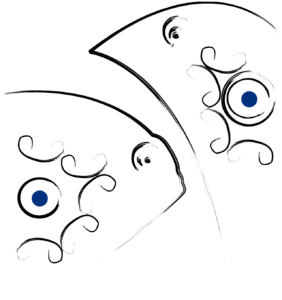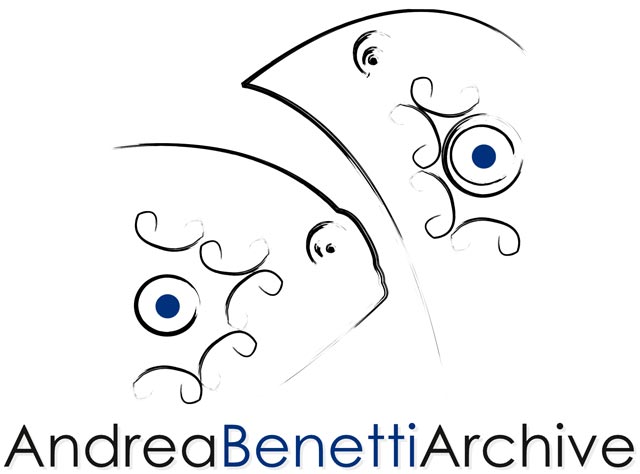Portrait of an Artist or Artist Portrayed?
In the era of digital bits, the nature of the artwork has changed. New technologies have revolutionized not only the way we perceive the external world but, above all, the way the artist engages with it. If, in the 20th century, the museum was the place where art lived and sparked debate, today, the internet has become the meeting point of a vast virtual agora, where everyone takes part in the artistic creation. But there is more: this Big Brother of knowledge puts the artist himself at stake first and foremost. It is a new way of seeing, of conceiving life and culture.
No longer striving to persuade, the artist now becomes part of an ongoing debate: an open stage, where anyone is free to take part. The artist no longer proposes models because he now aspires to become a model himself, offering his own image as a form of self-critique. But this exposure entails, above all, the acceptance of risk and loss. It is an attempt—within the framework of an individual’s struggle—to assert oneself and persist.
The artist becomes a sign, referring to a reality beyond himself: he exists in the truest sense of ex-sistere, to stand outside, to emerge from the world in order to affirm his own individuality. But in opening himself to this horizon, he encounters the void and becomes aware of the existential condition itself—life as a wager in which the individual stakes everything, only to realize the necessity of losing it. The acceptance of existence in its radical finitude is, ultimately, a being-toward-the-end: the artistic experience thus becomes akin to death, and the artist, akin to suicide.
Having become a living artwork, the artist, while shattering the illusion of eternity, simultaneously constructs and crystallizes a second alternative, one pregnant with life. This aligns with Ernst Cassirer’s concept of symbolic form, which represents the quintessentially human realm where external forces are not passively endured but mediated, shaped into expressions that capture the unstable, incoherent nature of the world.
A true artist reveals himself precisely because he embodies the contradictions of human consciousness. He does not remain within mere individual subjectivity, nor does he dissolve into abstraction, but instead seeks that middle ground where personal experience becomes the voice of humanity. The fleeting hic et nunc becomes a historical turning point for mankind, as every image serves as the immediate, tangible expression of its essence. The artist thus offers an image of himself to contemplate—one in which the observer may discover his own identity.
The viewer, hoping to find something definitive and immutable, something to cling to, is instead confronted with a meditation on life as a shifting, ambiguous, ephemeral burden. The artist does not speak in dogmas, but through symbols, flashes, and metaphors, compelling the spectator to turn inward. The artwork does not merely depict an event—it expresses the unstoppable surge of life, its constant renewal, its eternal movement, its élan vital.
Paraphrasing a thought from Georges Bataille, we could say that the artist becomes the symbol of a culture, the sovereign affirmation of an enigma—one that unfolds through questions and contradictions. The artist’s role is to reaffirm the enigmatic nature of the human condition, revealing the world, through himself, as a vast system of permutations, where high and low, masculine and feminine, light and darkness, organic and inorganic, life and death continuously exchange and combine.
Thus, the artist becomes a swimmer in unknown waters, where certainties must sometimes be overturned, where illness may be well-being and normality, a sickness, where reality may reside in intoxication rather than sobriety. In its long silences, the artwork will never imprison us within the Atlas Castle of rigid concepts, but will instead present itself as an urfragen—a question without an answer—offering us the pleasure of freedom, reminding us that:
“Life is short, but art is long.”
Pierfrancesco Pensosi |
Professor of “Theories and Techniques of New Media” |
Faculty of Arts and Philosophy ⋅ University of Perugia |
Art Critic and Historian |




